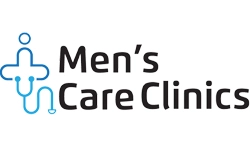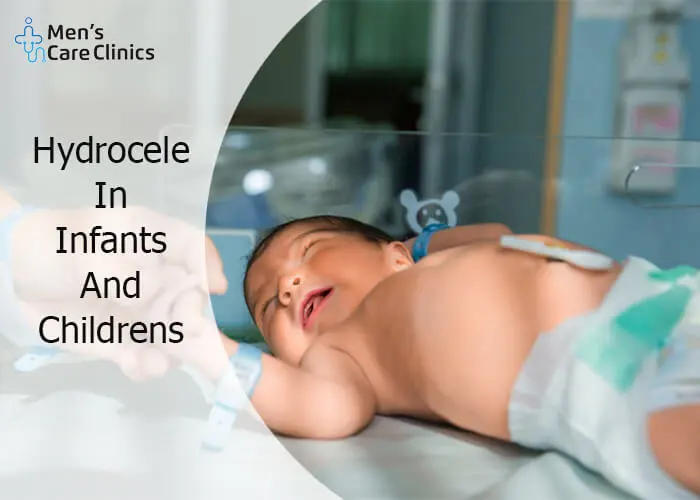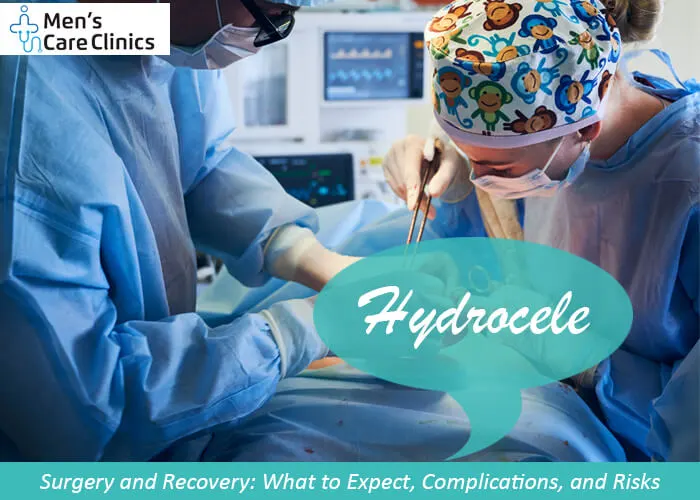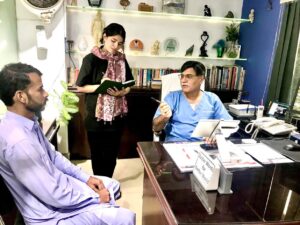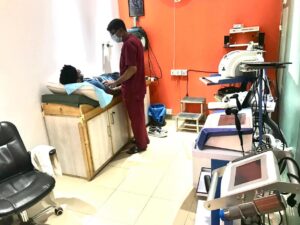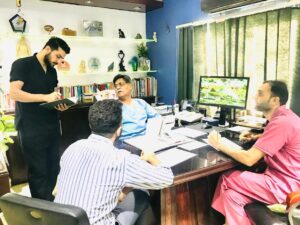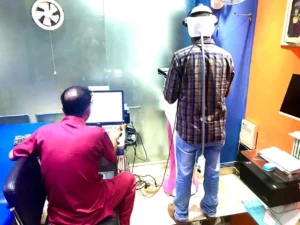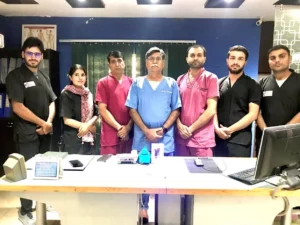Hydrocele in Infants and Children: Pediatric Considerations
Hydrocele is defined by a build-up of fluid in the scrotum, the sac surrounding the testes. And it’s important to consider pediatric-specific factors when dealing with this condition.
Here are some key considerations regarding hydrocele in infants and children:
Causes
Hydroceles are relatively common in infants and young boys.
In newborns, a communicating hydrocele is often associated with a patent processus vaginalis, a small channel between the abdomen and the scrotum that is present during fetal development.
Diagnosis
A hydrocele is typically diagnosed through a physical examination by a paediatrician or a urologist. Ultrasound and other imaging tests can be done to confirm the diagnosis.
Natural History
During the first year of life, non-communicating hydroceles in neonates frequently go away on their own as the processus vaginalis closes.
Hydroceles that are communicative may also close on their own, but if they continue, surgery may be required.
Surgical Intervention
Typically, hydrocele repair surgery is a straightforward outpatient operation. In the case of communicating hydroceles, the surgeon may need to close the patent processus vaginalis to prevent recurrence.
The timing of surgery is often based on the child’s age, the size of the hydrocele, and any discomfort it may be causing.
Recovery
After hydrocele surgery, the majority of kids heal fast and can resume their regular activities in a few days.
Potential Complications
Hydrocele surgery in children rarely results in complications. Still, some risks come with all surgeries, like getting an infection or bleeding. Reoccurrence is also possible.
Follow-Up
Regular follow-up appointments with a paediatrician or urologist are essential to monitor the child’s recovery and ensure there are no recurrences or complications.
Parental Education
Parents should be warned about the illness, the surgery, and what to expect while their child is recovering.
Psychological Support
It’s important to provide emotional support to the child undergoing surgery to alleviate any anxiety or fear associated with the procedure.
